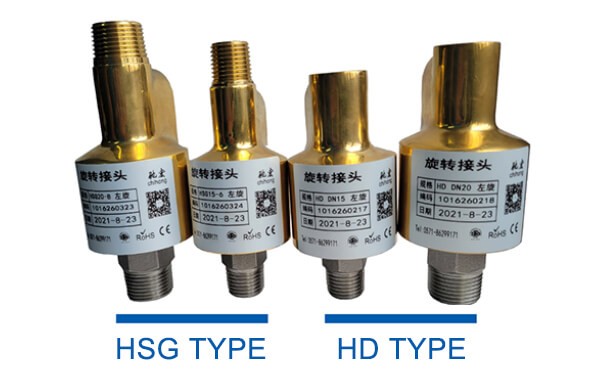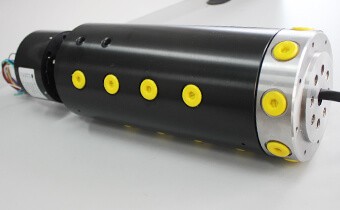Robot arms, winders, spools, spindles, and rotary tables are all examples of rotating components in motion applications. Producing rotational motion is simple, but transferring air or liquids from a stationary supply to rotating materials for cooling, heating, lubrication, or fluid power transmission becomes more challenging. Rotary unions are applicable in this situation.
Rotary unions from slip ring manufacturer are interfaces that allow fluid media to be transported from a revolving to a stationary component. They will withstand a wide range of media conditions, including extremely high and low temperatures, high and low flows, high and low pressures, and vacuum applications. Rotary unions can handle any combination of rotation angles, including continuous rotation in one direction.
Rotary unions come in various shapes and combinations, and they’re frequently custom-designed for the task, but they all include four essential parts:
- The living quarters
- One or more bearings.
- The stub
- One or more seals.
The media supply gets linked to housing, which is a fixed element. The shaft is separate from the housing and revolves around the rotating equipment connected to it. Through ports in the housing, media can flow radially or axially through the rotary joint. Radial bearings, usually one or more sealed deep groove ball bearings, support the spinning component.
Component of Rotary Union
The sealing mechanism, which prevents or decreases leakage between the rotating and stationary components while minimizing friction and wear, is perhaps the essential component of the rotary joint. Types of seals are more complicated spring-loaded mechanical seals, which alter automatically to limit pressure on the seal faces, decreasing friction and wear.
The leak-free fluid transfer is desirable, but in some situations, the leak-free fluid transfer is not achievable. In these instances, a collecting system that recovers the leaking media prevents the media from being discharged into the environment, safeguarding nearby equipment and workers.

Factors to Consider Before Choosing the Rotary Union
Consider these following variables while selecting a standard, off-the-shelf rotary union or creating a bespoke product:
- The media that is getting transferred
- Rotational speed
- The pace of media flow
- The media’s pressure
- The media’s temperature
- Permissible leakage
Because the housing, shaft, and seal materials must be compatible with the fluid flowing through the union, the kind of media is essential. Manufacturers handle the difficulties of each fluid medium by supplying a wide choice of materials, not only for the housing and shaft but also for the seals.
Single and dual-flow designs are the most popular, and the rotary unions can have several independent flow channels that allow various media to be transmitted without mixing at the same time. Slip rings or fiber optic rotary joint are used in conjunction with rotary unions to manage the sharing of fluids, electrical or fiber optic cables.
Rotary unions are used in robot joints in motion control systems and transmit air or fluid to end-of-arm tooling. They are utilized to feed coolant and lubricant to machine tool spindles and pass vacuum or air pressure via rotary air bearing stages.
See What We Can Do

